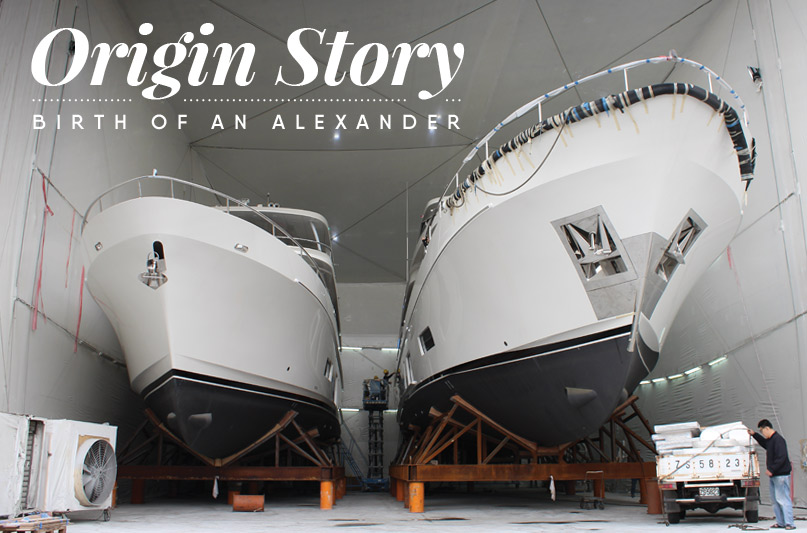
and the bees of the boating industry.
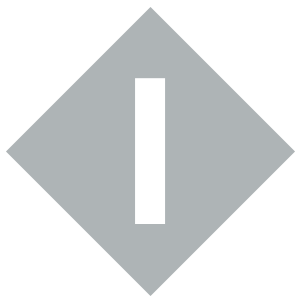 I’m fresh off an airplane from Seattle–a 12-hour, trans-Pacific schlep with 14 hours of time zone difference–and I’m on a mission. I’m to navigate to the Ocean Alexander (OA) boatyard in Kaohsiung, a manufacturing city on the other side of the island. Fortunately, Taiwan is connected with high-speed rail, so the trip is only one and half hours. Not a Mandarin speaker, the challenge for me is getting on that train.
I’m fresh off an airplane from Seattle–a 12-hour, trans-Pacific schlep with 14 hours of time zone difference–and I’m on a mission. I’m to navigate to the Ocean Alexander (OA) boatyard in Kaohsiung, a manufacturing city on the other side of the island. Fortunately, Taiwan is connected with high-speed rail, so the trip is only one and half hours. Not a Mandarin speaker, the challenge for me is getting on that train.
“Welcome,” the attendant responds with a smile and head nod. We half-mime a conversation for a few minutes and he points me in the right direction. I’m off, thankful for the English subtitles on most of the signs, and hop aboard my steed to the south.
Comfortable seats, clean, Wi-Fi… Seattle should take notice, I think to myself as Taiwan passes by the window. I review my notes for the upcoming tour with Alexander Marine Vice President Winnie Huang.
Ocean Alexander yachts, now formally a line under the Alexander Marine parent company, has a longtime connection with the Pacific Northwest that goes back decades. Founded by Taiwanese native Alexander Chueh in 1977, the company is now under the direction of his son, Johnny Chueh. The Pacific Northwest’s own Ed Monk Jr., son of the legendary early/mid-20th century boat designer and top-notch designer in his own right, put the brand on the map as the visionary of the entire Ocean Alexander line at the outset.
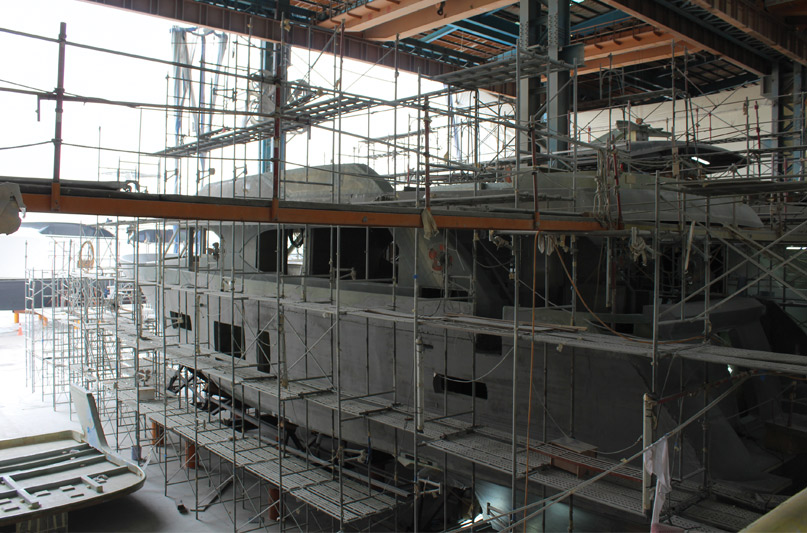
Ed Monk Jr.’s Ocean Alexander Mark 1 is a prime example of a classic OA look. First launched in 1978, the build was a trendsetter for motoryachts of the day as the quintessential blend of old-world seaworthiness with modern luxury amenities. Despite being built in Taiwan by a Taiwanese company, the Mark 1 looks undeniably Northwest and was made for that Puget Sound to Alaska (and beyond) long-distance, rugged cruise. If you want one, you can still find one today in immaculate condition. Just be prepared for sticker shock, for many go at three times the original listed price.
OA’s success was thanks to this uniquely Taiwan-Pacific Northwest bond, perhaps due to the motoryacht world’s positive response to similar contemporaneous trans-Pacific partnerships like the one pioneered by the famous Bob Perry and Cheoy Lee collaboration. It’s easy to imagine Perry, the spectacled Pacific Northwestern designer with pencil and paper in hand, meeting with entrepreneurial Taiwanese boatyard-owning personalities over a whiskey. I recently talked to Perry about his time in Taiwan.
“Taiwan is a fantastic place,” recalls Perry. “And the food? Best in the world. When we started out, a lot of people think we couldn’t pull it off.” A sideways grin. “We sure showed them.”

the build’s next steps: test pool, sea trial, and delivery.
Today, although the OA brand has expanded from purely Ed Monk Jr. designs, many of those ties remain. Like many legacy brands, manufacturers seek to balance beloved designs with the need to innovate, and modern OA designs vary quite a bit from their traditional lines. The recent 70 Evolution (70E) and the newest 90R Enclosed and Open models are prime examples of clear aesthetic departures from classic OA builds.
After a good night’s rest in Kaohsiung, I leave the hotel lobby to meet Huang, who is there to pick me up in her car. After brief introductions and rehashing of my trip, we are across town and on the Alexander Marine factory grounds. Huang, a professional naval architect with years of formal training, is in her element.
“Taiwan has a very long history of boat building and shipping,” she explains to me.
Winnie Huang, vice president of Alexander Marine, has been working with the company for many years. A trained naval architect, Huang comes from a multigenerational maritime design family.
“There’s not a lot of women in maritime, but people like me are changing that.” Huang is proud of her family’s Taiwanese boat building heritage, as well as her two kids.
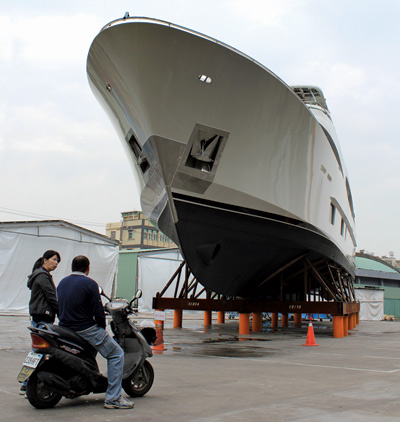
Alexander Marine owns four factories spread across Kaohsiung, each designated with their unique jobs (ex. tooling). Huang and I are exploring the assembling facility where it all comes together. The towering stalls shelter massive yachts in various phases of assembly. A brand-new OA 112 (112’ length overall) on jack stands is the star of the show, free of the assembly stalls and ready for sea trial.
“Before the boats are ready for sea trials, they spend time in our testing pool,” Huang gestures to the far end of the yard. A massive orange travel lift sits near a basketball court-sized pool of water. This kiddie pool of sorts serves as every OA’s first exposure to water after assembly. A motoryacht floats alone as Huang and I walk past. We enter the factory and pass gigantic stall after gigantic stall, each with a yacht under construction surrounded by scaffolding where dozens of people are hard at work with their trades.
Once inside, the factory doesn’t differ too much from boat factories the world over. We enter the wood shop where the fine trimmings take form. I’ve heard stories from back in the day where workers in Taiwan would spend nights aboard, carving ornate doors and the like over the course of days. I ask Huang about this, and she laughs.
“Where did you hear that? No, the workers here have normal eight-hour days with weekends like everywhere.” We hop aboard numerous builds, including one of the first 90Rs coming together. The beach bar built into the transom may someday host swanky cocktail parties right by the swim step, but right now a team of electricians are running wires. The boat is a dull gray, and unfinished. I snap a few shots and look forward to enjoying a 90R beach bar when it’s fully operational.
I pick Huang’s mind about the yacht building process. Every yacht starts as a twinkle in a client’s eye, and an OA is no exception. Most Ocean Alexander builds are semi-custom, and after a client expresses a desire to buy a yacht to their local dealer, details are hashed out for the order. If the preferred yacht is in stock with the desired options, the owner can motor away from the dock and that’s that. However, most buyers want their perfect boat, and that usually warrants a new hull.
Taiwan, officially the Republic of China (ROC), is an island state in East Asia with a fascinating history and culture. While the majority of the state is of Han Chinese decent, Taiwan was first under the control of its unique aboriginal population, then a series of Colonial powers, including the Chinese Qing Dynasty who ceded it to Japan in 1895, only for it to return to Chinese control after WWII. The subsequent Chinese Civil War led to the rise of the People’s Republic of China (PRC, which oversees mainland China today), with the previous non-communist ROC government fleeing to Taiwan in 1949. The result is a self-governing, democratic society in limbo with mainland China insisting Taiwan is under its sovereignty while many within Taiwan advocate for official independence.
Taiwan is a modern society with many attractions for visitors, in part thanks to a blend of influences. Taipei, the capital, has a world-renown foodie scene and an entire spa culture built upon a natural hot spring. Notably, Taiwan’s Kavalan Solist Vinho Barrique officially won the Best Single Malt Whiskey (2015) category by the World Whiskies Awards. With a climate similar to Hawaii and direct flights from Seattle and San Francisco, Taiwan is a tempting trip on most travelers’ lists.
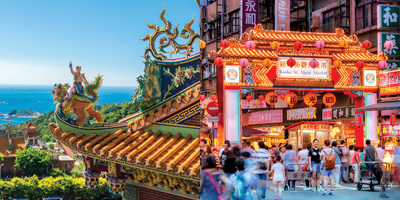
Once the order is official, all four Kaohsiung facilities spring into action. A typical turnaround for a yacht is five or six months, and the OA team has decades of experience under their belts in making delivery.
Clients are welcome to visit the factory during the construction process and tweaks to the order are allowed within reason. In Huang’s experience, most owners just like to be in the loop. The culmination of it all is at the assembly factory where the hull comes together, systems are installed, and the yacht is polished to a fine sheen.
After a two-week dip in the test pool and countless systems and structural tests, the yacht is ready for its sea trial, conducted on the Taiwan coast. Once the sea trial goes well, the OA is loaded onto a container ship and delivered to its new home for a full life of recreational boating. Many OAs can be found cruising the emerald waters of the Pacific Northwest, like they have since the line’s inception.
After a full morning touring the factory and answering my questions, I feel honored that Huang hasn’t tired of me and instead invites me to lunch. We end up at a Japanese place built next to an elementary school, and kids in different colorful uniforms appear to be gathered for a track meet. Huang and I talk about boats, our families, and current events. We laugh; we listen. For a second, I’m not in Taiwan and there is no bald eagle on my passport. We are simply two human beings united by a deep-seated attraction to the sea, and all else is rendered irrelevant.
Not everything about these times of international trade and relations is stable, but I’m willing to bet that the boaters of the Pacific Northwest will have a soft spot for Ocean Alexanders for the years to come. When we work together, the remarkable becomes standard operating procedure. The waiter arrives, and the multi-course lunch of seafood fare that Huang ordered begins. We savor every bite.